Raval, Barcelona
raval, barcelona
The historical neighborhood of Raval, is located in the city center of Barcelona, inside the district of Ciutat Vella. From the 1940’s to the 1980’s, it was a historical district stigmatized and known as “Chinatown” due to a working and migrant population with low income, with conflictive areas of prostitution and drug trafficking. In the 1990’s, this neighborhood profited from urban regeneration strategies, and the requalification of urban public spaces, public buildings and infrastructures. Consequently the processes of real estate gentrification took place, elevating the costs of living and profiting investments. From the 2000’s onwards, its tangible and intangible urban heritage has been transformed greatly due to social migration, immigration and city tourism. Raval includes 122 different nationalities in an ethnically rich and diverse area where a wide range of cultural traditions converge and coexist.
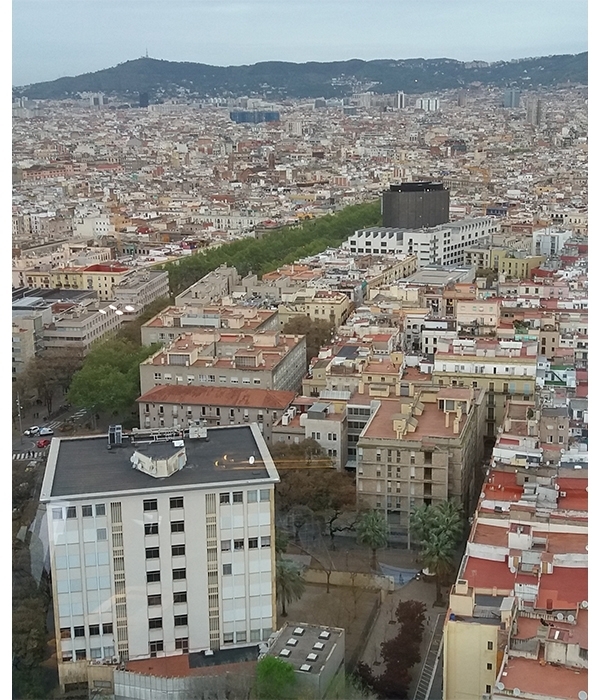
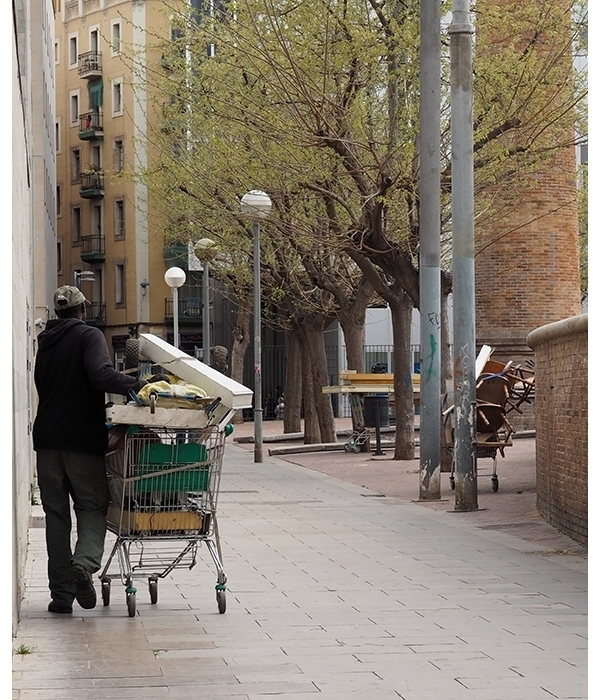
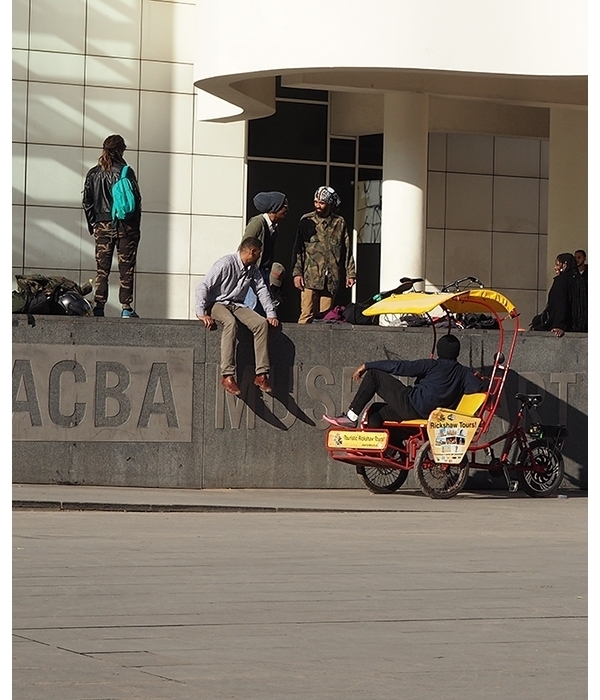
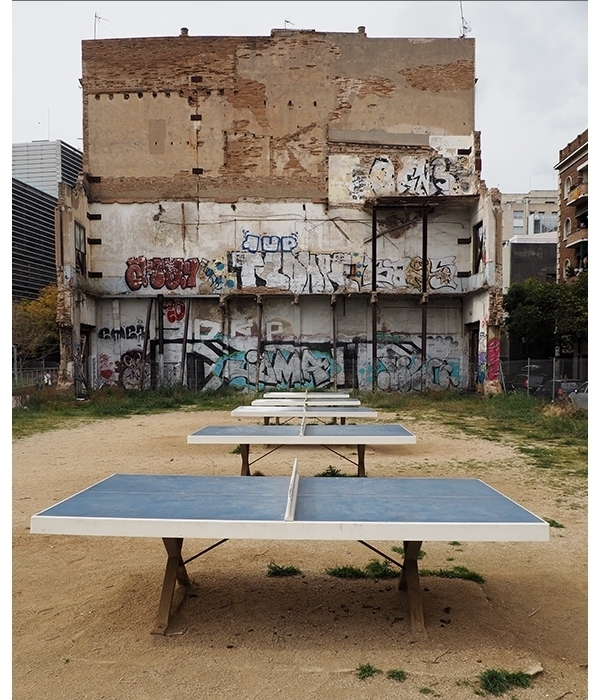
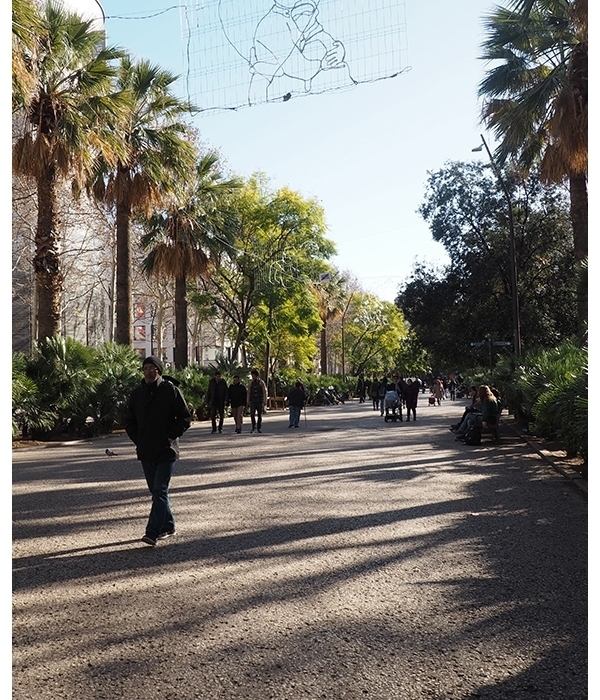

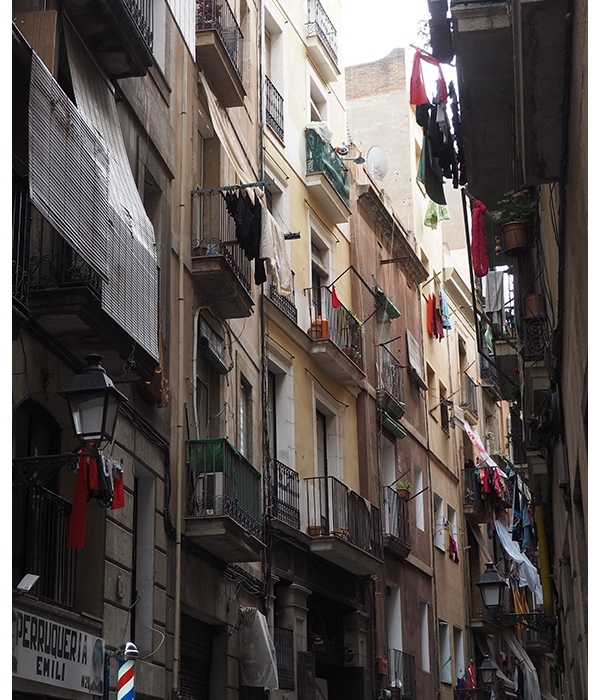

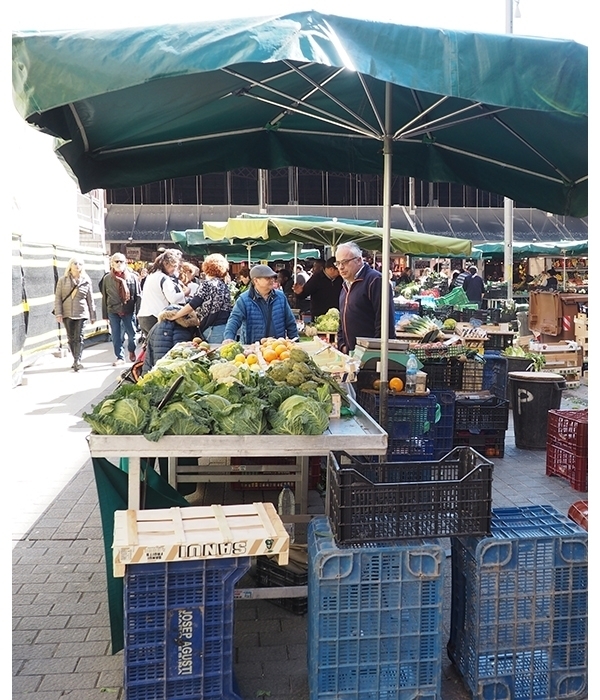
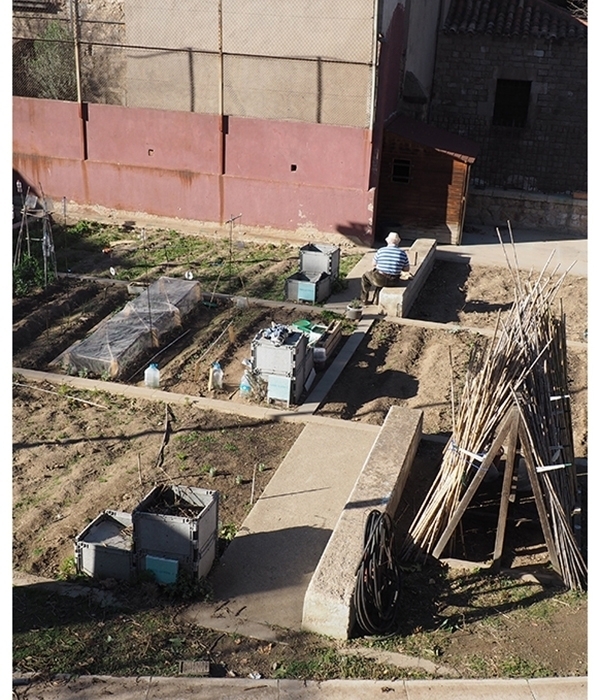
The Catalan case study of Raval’s neighbourhood in Barcelona, was carried out from April 2018 to July 2021. The research starts in a period of consolidation of a municipal public program to enhance multicultural integration and multi-ethnic cultural exchange with lively and dynamic socio-cultural associative structures in the neighbourhood. It is also a period of social conflict (2018-19) regarding drug trafficking and illegal associative structures living from tourist drug consumption, and the rising numbers of migrant minors and young adults living in homeless conditions in the public spaces of the neighbourhood. An extraordinary transformation of Raval’s urban environment arises with the arrival of Covid-19 pandemic. From March 2020 onwards the neighbourhood socio-cultural life suffers many radical changes due to social distancing and the restrictions of normal community gathering in public spaces.
The researcher lived and visited Raval during several months along these four years, in an immersive experience, in order to study its sociological, historical and urban contextualization. Through field work we gathered a graphic material leading to the design of maps that depict and analyze the nature of the public urban space. We also gathered information about the socio-cultural associative structures in the neighbourhood and we established networks of cooperation with some of them. Our objective was to further study the multisensorial nature of this urban landscape with the cooperation of locally-based residents and participants in the format of artistic community workshops in two artistic-based residencies.
